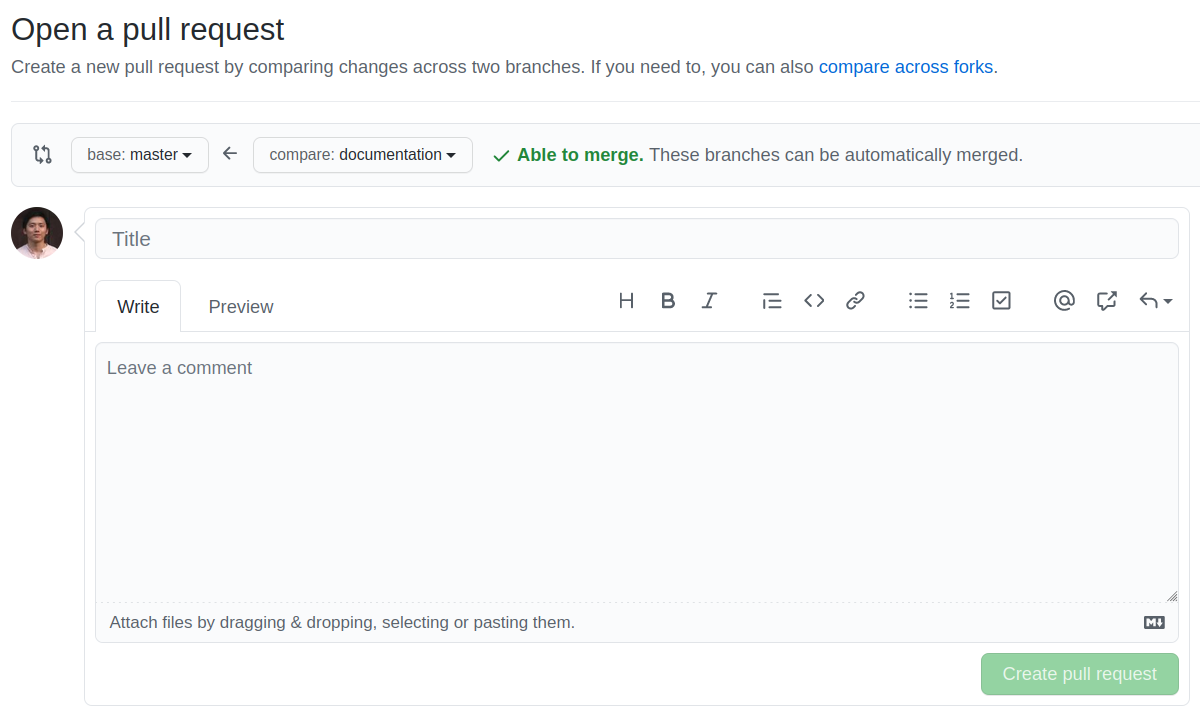================
-
Working Paper - not finished (feel free to comment!)
<To update the README, please edit the README.Rmd file, not
README.md. Knitting the .Rmd file will output the .md file
automatically. This allows for automatically creating a table of
contents and more flexible inclusion of images and code.>
Suicide is a social risk, found more or less in every society of the world. This study investigates the risk factors associated with suicide at the societal-level. It extends state of the art research into more countries with a more diverse set of modeled risk factors, in particular looking at war, economic crisis, political regime and religious affiliation at once. This comprehensive picture provides strong explanatory evidence for international suicide rates and links to theories of modernization and anomie. By including so many countries in one sample, we find that social change remains an important risk factor in suicides; however, this change is not one path toward organic solidarity as imagined by Durkheim but more of a set of diverse paths with varying risks of extremely competitive global capital flows leading to abrupt (in the sense of human history) and dangerous forms of industrialization and service sector expansions.
Note: The study started out as a replication of Income inequality, unemployment, and suicide: a panel data analysis of 15 European countries (Andrés 2005) and later developed into a broader extension of this line of research, drawing on Unemployment, global economic crises and suicides: evidence from 21 OECD countries (Huikari/Korhonen 2020) among others.
../suicide_replication
+-- analysis
+-- data
+-- ext
+-- output
+-- results
\-- src
(Based on Emily Riederer’s RMarkdown Driven Development)
analysis: R Markdown files that constitute the final narrative output.
Recommended: one separate file for each section/chapter (e.g. literature review, results) to avoid conflicts when merging from different branches (see Git/GitHub workflow below).src: R scripts that contain helper functions or other set-up tasks (e.g. data pulls).data: Raw data – this folder should be considered “read-only”.output: Intermediate data objects created in the analysis or scripts – typically saved as RDS files (withsaveRDS()andreadRDS()).ext: Miscellaneous external files (e.g. images, style sheets).
Regularly update packages.
Use the here package to specify paths to
files and folder instead of using setwd(), which is dependent on the
project’s location on your machine and the R Markdown file’s location
inside the project.
- The top-level directory is the project folder
(
suicide_replication) - Use the
here()function to build a path relative to the top-level directory in order to read or write a file.
E.g.,saveRDS(mtcars, here::here("output/mtcars.RDS"))would save themtcarsdataset as a file namedmtcars.RDSin theoutputfolder.
If you discover an error in a data file, never modify it directly, but instead write code to correct the value. (R4DS, Chapter 30)
Give R Markdown code chunks informative and unique names
(e.g. {r descriptive-stats} instead of {r}) to help navigate and
allow for referencing and reusing code chunks throughout the document.
Important: Do not commit and push directly to the master branch.
Create GitHub issues to discuss problems, questions etc. or to list to-dos.
Create branches for separate tasks/issues (e.g. collect-data,
effect-plots, literature-review):
- Make sure to switch to the
masterbranch before creating a new branch. - Pull before creating a new branch.
Regularly commit and push your work to the same named branch on the
server.
(Remember to pull regularly, esp. before committing changes.)
Open a Pull Request (PR) on GitHub when you want to merge your
changes into master:
- Make sure the branch is up-to-date with
masterprior to creating a PR:
git pull origin masterin the R terminal. - On GitHub, click the Compare & pull request button to start
creating a PR.

- Give the pull request a title. Optionally, leave a comment. Click
Create pull request.

- Long will complete the merge.
All data files should be documented with a full citation, and the citation should be placed in the shared Zotero group folder.
We will follow the International Organization for Standardization
(ISO) of
countries using their 3-digit character codes. All countries in the data
we use must be classified into these “iso3c” codes to allow merging. The
package countrycode is ideal for this. It can read country information
in many formats and quickly convert them.